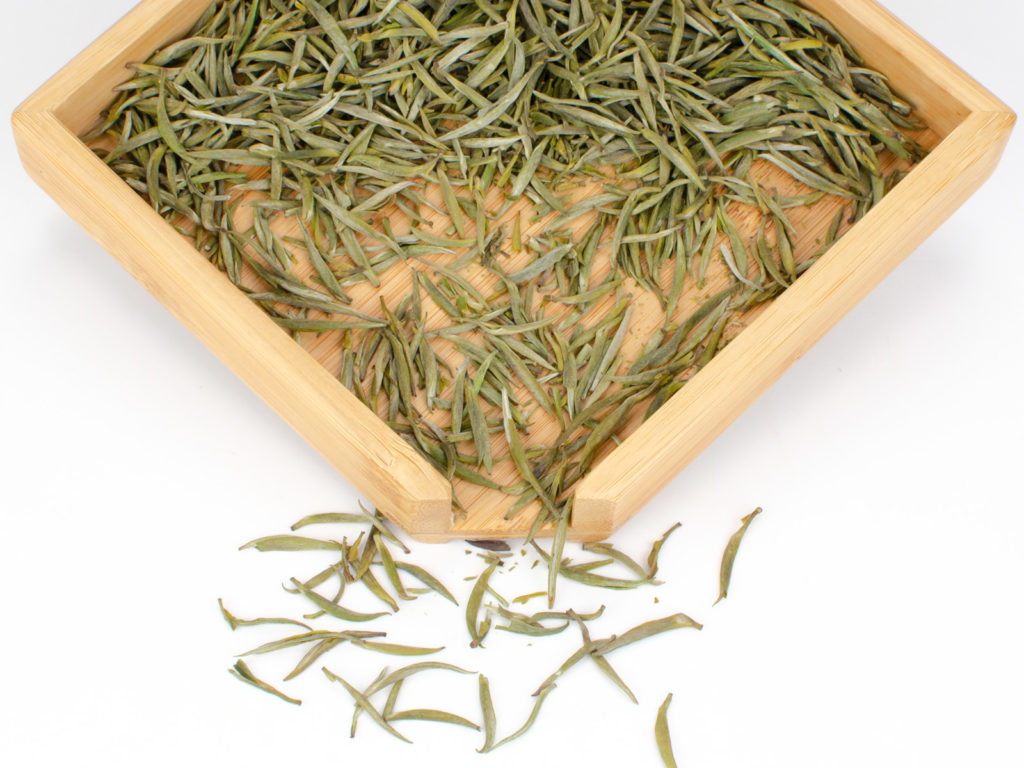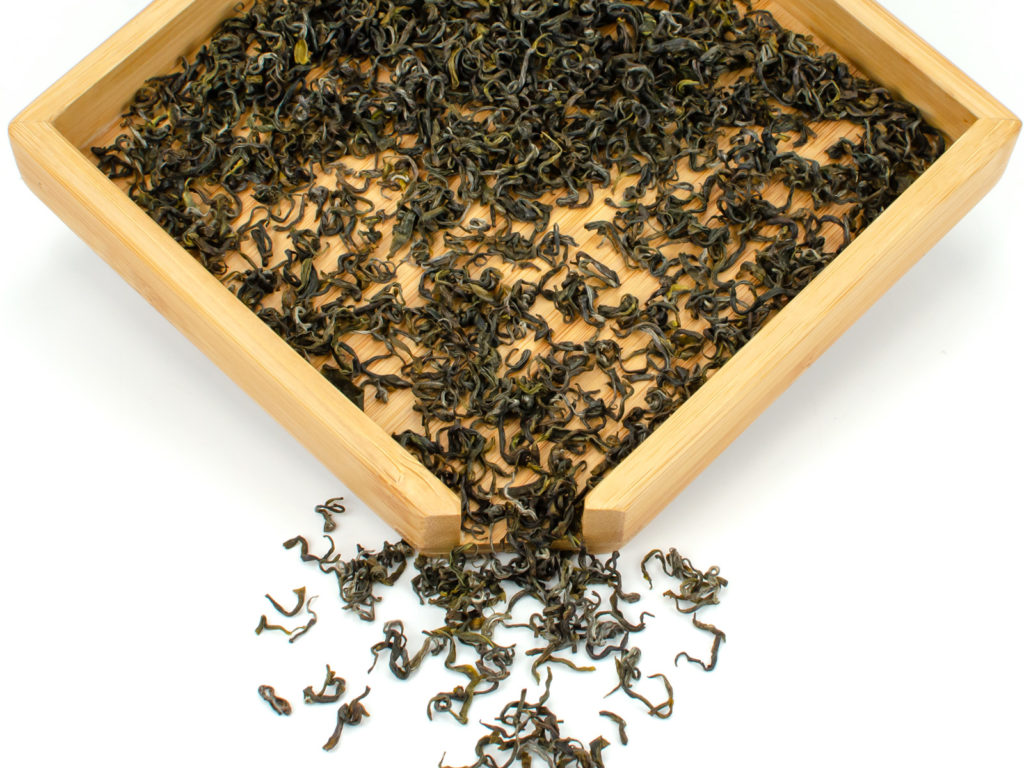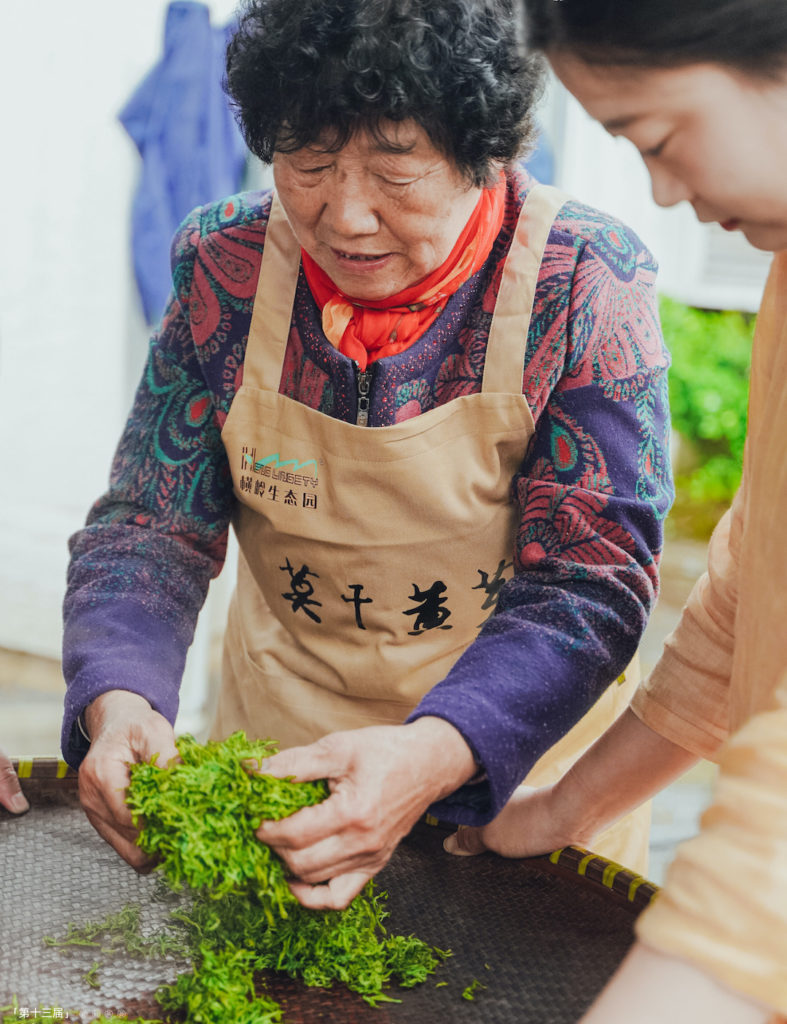
History of yellow tea
Like most techniques for making tea, there are arguments over the exact beginnings of the yellow tea style. Few in number, the elusive yellow teas have always developed in isolated instances in areas that were already famous for producing green tea, like Huo Shan in Anhui or Meng Ding Shan in Sichuan. Although there is a long history in these regions of producing green tea, it’s speculated that yellow tea only began to be produced in the early Qing Dynasty (1644-1912). Yellow teas are made for the appreciation of locals and have never had a broad market presence. Growing out of an elaboration of green tea techniques, the process for making yellow tea is time consuming and difficult. Thus for the thousand kinds of green tea, there were only three kinds of yellow tea in regular production at the beginning of the 21st century: Junshan Yinzhen, Mengding Huang Ya, and Mogan Huangya.
Market influences on yellow tea production
Recently consumer preference has favored teas with vibrant green leaves and cup color. Because yellow tea loses its verdant appearance in processing, this market trend has contributed to its decline. Now, even famous yellow teas are now produced with green tea processing techniques to meet market demand. Leaves once used to make traditional yellow teas are no longer processed as such at the cost of abandoning the traditional skill. In industry terms, yellow teas produced to be green are referred to as Lu Zhen or Green Needle, conversely yellow teas produced in their original style are typed Huang Zhen or Yellow Needle.
On the market however, famous “yellow” teas often retain their original name, even if they don’t retain their original processing techniques. No indication is made to the consumer whether he or she is buying Lu Zhen or Huang Zhen. More over, with examples of authentic yellow tea becoming increasingly rare, few consumers have had enough exposure to tell the difference.
The lost yellow tea
Most infamously, Huo Shan Huang Ya, a famous yellow tea at one time, has been lost to history. Anhui, being a poor province, lost the technique because the expense in producing it could not be sustained in the local market. A tea called Huo Shan Huang Ya can still be found on the tea market, although it has been made as green tea. The people the Anhui found it still commands a respectable price, and it is easier to sell as a green tea. There are still people however that buy this tea thinking it to be yellow. Tea scholars are searching the area in Northwestern Anhui to find someone that still knows the technique with no luck. Another relatively expensive and complicated tea to make coming from the same general area is Lu’an Gua Pian (Sunflower Seed), a green tea, which is struggling to survive in the difficult Anhui economy.
The yellow teas that remain
The remaining yellow teas are Junshan Yinzhen (not to be confused with Baihao Yinzhen or Silver Needle) from Hunan on Jun Shan island in Dong Ting lake, Meng Ding Huang Ya from Meng Ding Shan in Sichuan, and Mogan Huangya (Mogan Yellow Buds) from Moganshan in Zhejiang, being the least known and rarest of the yellow teas.

Yellow tea is classed in the same category with white tea because it is very lightly oxidized. One of the objects in making yellow tea is to remove the grassy smell of green tea while still maintaining the health qualities of green tea, and yellow tea is felt by some to be even healthier because it is easier on the stomach than green tea.
Junshan Yinzhen is the most famous of the yellow teas probably because of Mao Zedong, having been raised in Hunan, declared it his favorite tea, even though he is known also for being a Long Jing drinker. It is ironic that there are a lot of Long Jing 47 bushes as well as the ever popular Da Bai Hao bush being planted on Jun Shan island these days because of their higher yield.
The process for making yellow tea

The process for making yellow tea is time consuming. Here is the process in general, but each of the tea has its own variations. The leaves are first fried, as is the case in most green teas, but then the leaves are wrapped in some kind of insulating but breathable material, typically thick paper or cloth. Junshan Yinzhen is stored in a wooden box. At intervals the tea is fried again and re-wrapped to cool and oxidize slightly. This process continues for up to three days and then slow roasted at the finish. When you consider the processing time coupled with the limited harvesting time for the tea to be plucked, you can understand why this tea has had a hard time surviving, and probably would have become completely extinct if it were not so valued by the locals for its health benefits.
It is a truly remarkable tea for the tea enthusiast. It has a wonderfully complicated taste and smell. Hopefully in the future this tea will become better known and the market will increase so that we can help to keep this art alive.
